10 Pincer Grasp Activities and Toys for Your Baby
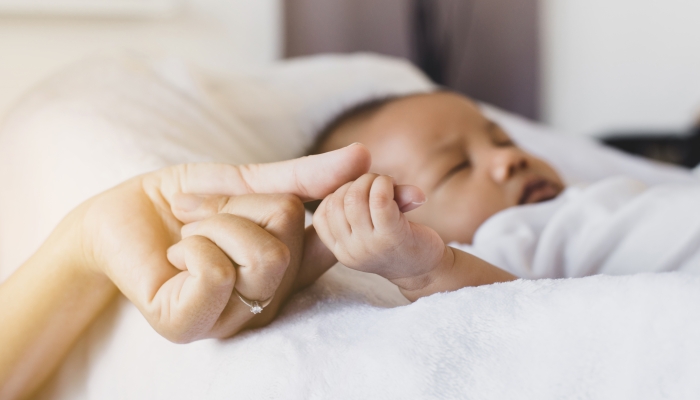
This post may contain affiliate links; please see our terms of use for details.
- The pincer grasp develops in stages over time, from about four months old up to six years old before it’s perfected.
- The pincer grasp is important for self-feeding and eventually holding a pencil.
- Your baby and toddler can practice the pincer grasp with different activities and toys.
The first time your baby curls their tiny hand around your finger is a precious moment. This first grip is also the beginning of your baby’s pincer grasp development, an essential ability for them to master.
Your baby will work on pincer grasp from infancy to school age when they’re confidently holding a pencil. The foundations for self-feeding and writing are built on the pincer grasp.
There are many pincer grasp activities and toys for your baby to help them work on their fine motor skills and have some fun too!
What You Should Know About Pincer Grasp
Pincer grasp refers to your baby’s ability to pick up objects with their thumb and index finger, which most babies start to develop between four and twelve months. Development of this fine motor skill leads to your child feeding themselves independently and holding a pencil later in school.
The pincer grasp changes over time. You’ll start seeing your baby’s pincer grasp develop around four months as part of their developing hand-eye coordination. However, just like with other fine and gross motor skills, different children reach developmental milestones at different times.
Talk to your pediatrician if you’re not seeing signs of a pincer grasp between four and twelve months.
What Are the Stages of Pincer Grasp Development?
Pincer grasp grows in stages throughout your baby’s first year. You will notice their ability to hold an object between their index finger and thumb will improve, along with their ability to manipulate and move small objects.
Keep an eye out for these different grasp patterns throughout your baby’s development:
| Palmar Grasp: 4-6 months |
|
| Radial Palmar Grasp: 6-8 months |
|
| Radial Digital Grasp: 8-10 months |
|
| Immature Pincer Grasp or “Raking Grasp”: 10 months |
|
| Mature Pincer Grasp: 12 months |
|
Baby-proofing Your Home
As pointing and grasping develop, poking also becomes a new ability around 8 or 9 months. According to Suzanne Dixon and Michael Hennessy, authors of Encounters with Children, your baby’s pointer finger will start to dominate and explore.
If you still need to baby-proof the electrical outlets in your home, now is the time. Be aware of choking hazards like buttons, loose change, and other tiny objects that may be lying around the house that your baby may try to pick up.
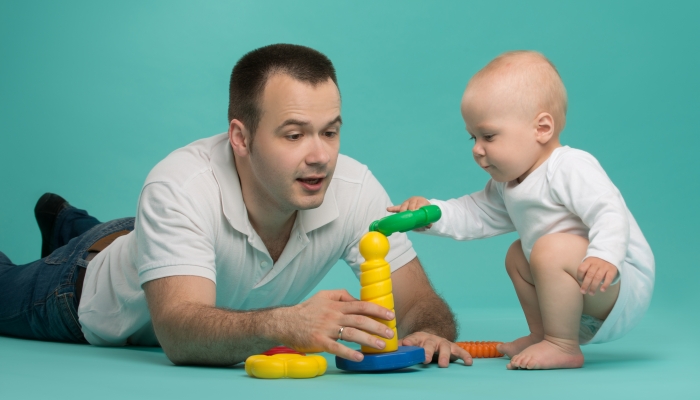
At What Age Does the Pincer Grasp Become Fully Developed?
Pincer grasp will develop and sharpen until about age five or six when your child can hold a pencil with a tripod grip. When children develop a solid pincer grasp in toddlerhood, it lays the foundation for skills kids need in school.
Between the ages of twelve months and school age, fine motor skill development will continue. They’ll start by gripping pencils and crayons in their palm until they work up to the tripod grasp.
Although it may be hard to imagine your little baby as a first grader, all that pinching and grasping they’re doing now with soft foods and toys set the stage for learning to write.
5 Fun Pincer Grasp Activities for Your Baby
You can do many activities with your baby and toddler to encourage pincer grasp.
Self-feeding
Pincer grasp is essential for eating independently, so meal times are a great time to practice. If you’re doing baby led weaning, your baby will already be using the pincer grasp to pick up soft finger foods.
There are plenty of moments to work on pincer grasp, for example, with individual Cheerios, melt-in-the-mouth finger puffs, or other finger foods as your baby gets used to solids.
Board Books
Turning the stiff cardboard pages of board books encourages reading and pincer grasp at the same time.
Playing with Blocks
A good set of blocks will stay with your child from baby to toddlerhood. They encourage many fine motor skills, from pincer grasp to banging them together for babies to complex construction for toddlers.
Tape Peeling
Stick tape of different lengths on the floor or table and encourage your child to peel it off. This is a great hand eye coordination game, as well as strengthening the small muscles of your child’s hands and fingers.
Pom Poms
You can use craft pom poms in lots of different ways. For example, your toddler can transfer them between bowls using tongs. You can put them through the wires of a whisk and get your child to fish them out. Be sure to supervise your baby carefully, so they don’t try to eat them.
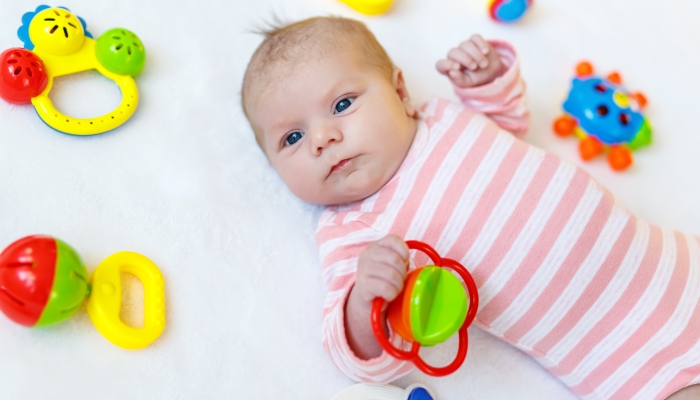
5 Toys to Boost Your Baby’s Pincer Grasp Development
The best toys for babies are fun and entertaining while helping them work on new skills. Check out these toys to work on pincer grasp:
Our Favorite: Tomy Hide and Squeak Eggs
- Hide and Squeak Eggs: An adorable and educational addition to your Easter egg basket, this squeak toy contains 6 colorful squeaking Easter eggs kids can play with
- Crack Them Open: These interactive Easter gifts for toddlers feature shells that crack open to reveal adorable colorful chicks for kids to marvel at while they play
- Interactive Toys: Press down gently on the colored chicks’ heads to hear them chirp, creating a delightful auditory choir that keeps kids exploring and giggling
- Child Development Toy: These educational toys help kids improve recognition of colors and shapes as they sort each egg into its own special base in the box, creating the ultimate sensory toy play
Tomy Hide and Squeak Eggs was a beloved toy in my house for many years.
It’s the perfect toy for working on your baby’s hand eye coordination, pincer grasp, sorting skills, and even language skills. Your child will pick them up, take them apart, push them down to squeak, and talk about the emotions on their faces.
Also available here.
Melissa and Doug First Shapes Jumbo Knob Wooden Puzzle: Best for Babies
- Extra-thick wooden puzzle features jumbo wooden pegs for easy grasping
- Bright colors and sweet illustrations of familiar objects
- Full-color, matching pictures underneath each piece
- A perfect activity to encourage hand-eye coordination and visual perception skills
My kids always loved Melissa and Doug puzzles for their colors and easy to handle, satisfying shapes.
Wooden peg puzzles like this jumbo knob puzzle from Melissa and Doug are ideal for babies starting to pick up and manipulate objects.
Also available here.
Hape Frog Pull-Along: Best Pull Toy
- WOODEN FLY-EATING FROG: This happy pull along frog toy opens and shuts its mouth when pulled by the cord. Is he trying to catch flies or maybe sing to his friends?
- TAKE-ALONG COMPANION: The toy encourages children to crawl by pulling the frog out front. When they learn to walk, they can take him on adventures
- LEARN TO WALK: The frog-themed pull toy is great for encouraging children to crawl and a great companion when they start to walk or run around the house
- STURDY WHEELS: This toddler pull along toy has sturdy wheels, which allow for easy pulling
Even if your baby isn’t walking yet, they can still have fun with pull toys, like this Hape Frog Pull-Along. Encourage your baby to grab the string with their emerging pincer grasp to make the frog move.
There’s also a dog version available.
Mobi Zippee Activity Toy: Best Multi-sensory Toy
- DEVELOPMENTAL LEARNING: Zippee is a silicone-pulling toy designed for toddlers, offering hours of fun while fostering key learning and motor skills that will benefit them as they grow.
- TACTILE ACTIVITIES: Infants and toddlers will love pulling Zippee’s textured cords from side to side, experiencing unique sounds and vibrations that promote sensory development and enhance engaging activities.
- VIBRANT VISION: Designed with bright, eye-catching colors, Zippee helps stimulate toddlers’ visual senses while its flexible edges, textured cords, and easy-to-hold grips make it an excellent addition to the world of toddler toys.
- SAFE MATERIALS: Zippee is crafted from BPA-free, phthalate-free, food-grade silicone, ensuring it’s safe for kids to play with and easy for parents to clean with warm water or in the dishwasher.
When your baby grasps and pulls the cords, they hear sounds and feel vibrations. The Mobi Zippee is the perfect multi-sensory toy, allowing your baby to work on fine motor development using all the senses.
Also available here.
Oaktown Supply Wooden Blocks: Best Block Set
- Learn: Stack up some educational fun! Our ABC baby blocks will help your child build skills in language learning, basic math, hand-eye coordination, and more.
- Colorful: A total of 36 stacking blocks means 216 beautifully designed sides with unique letter, number, picture, and shape icons to learn from.
- Durable: Crafted with high-quality, solid wood, this stackable set of 1.75″ wooden alphabet blocks is built for hours of playtime.
- Safe: Rest easy and play more! Our non-toxic ABC blocks for toddlers are tested for and pass all American testing standards for child safety.
Your child will play with this classic set of wooden alphabet blocks from Oaktown Supply from age one straight through the toddler years. Your baby will want to pick up the colorful blocks, feel the texture, bang them together, and work those little hands.
Also available here.
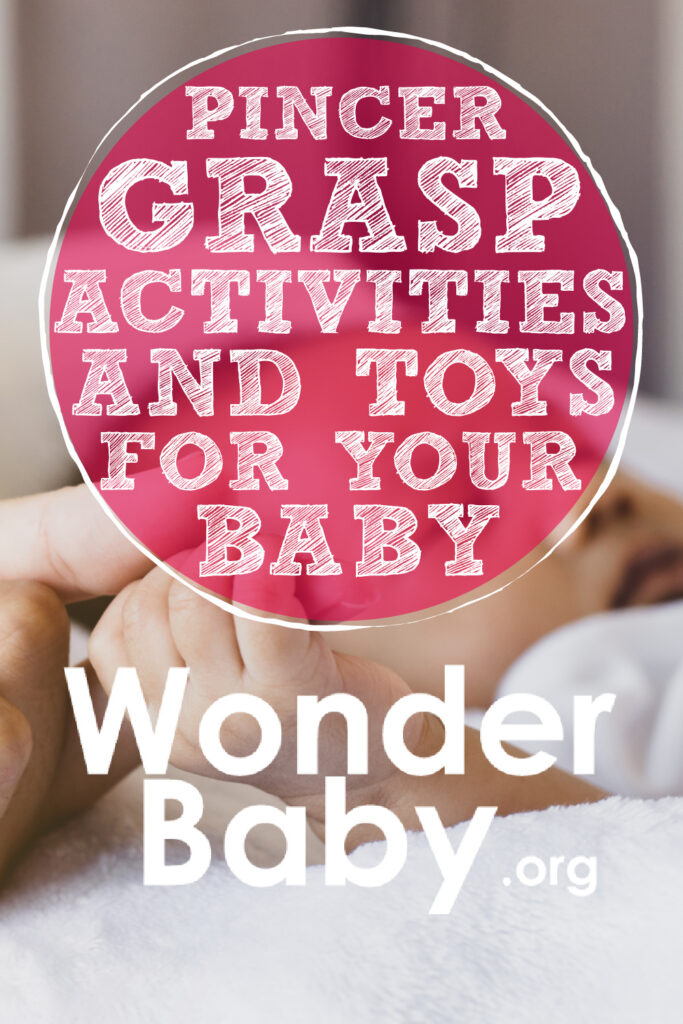
Related Posts
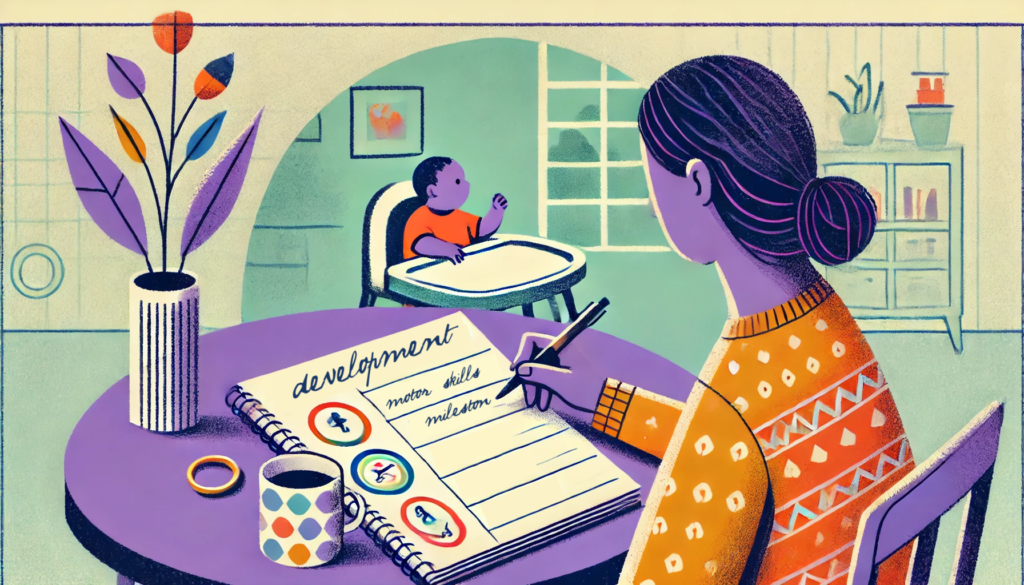
Development, Special Needs
How to Track Milestones for Developmentally Delayed Babies
Parents of developmentally delayed babies can explore practical tools and strategies to track milestones, celebrate progress, and support their child’s unique developmental journey.
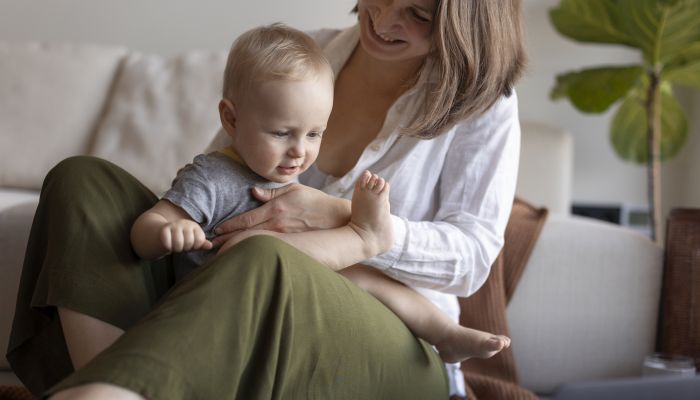
Fine and Gross Motor
5 Alternatives to Tummy Time for Babies with Motor Development Challenges
Does your baby struggle with tummy time due to motor development challenges? These alternatives to tummy time will offer the same benefits.
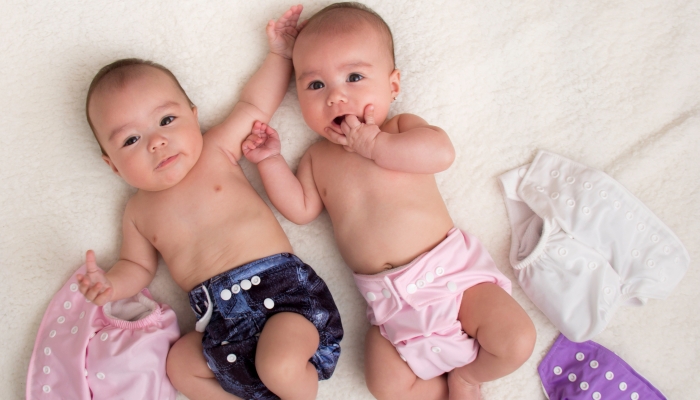
Development
Should Twins Share a Room?
Wondering if your twins should share a room? We’ll explore the pros and cons of room-sharing for twins right here before you make your decision.




